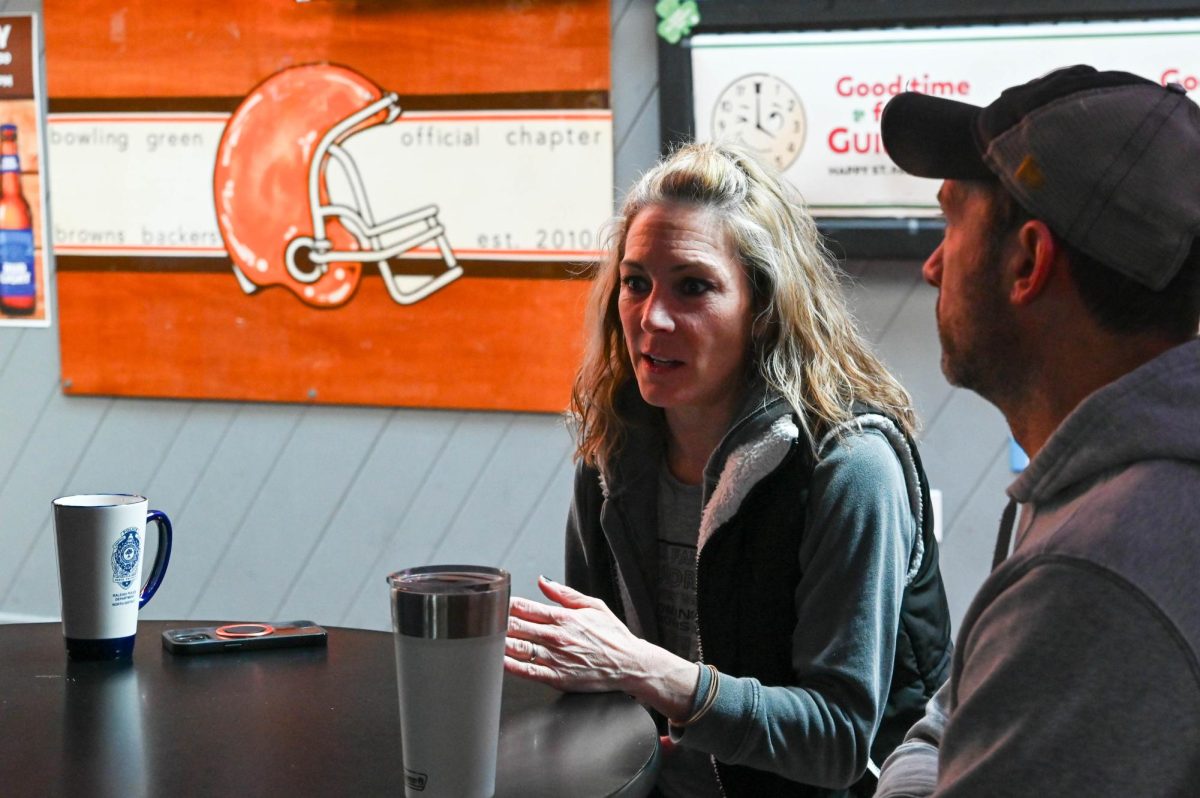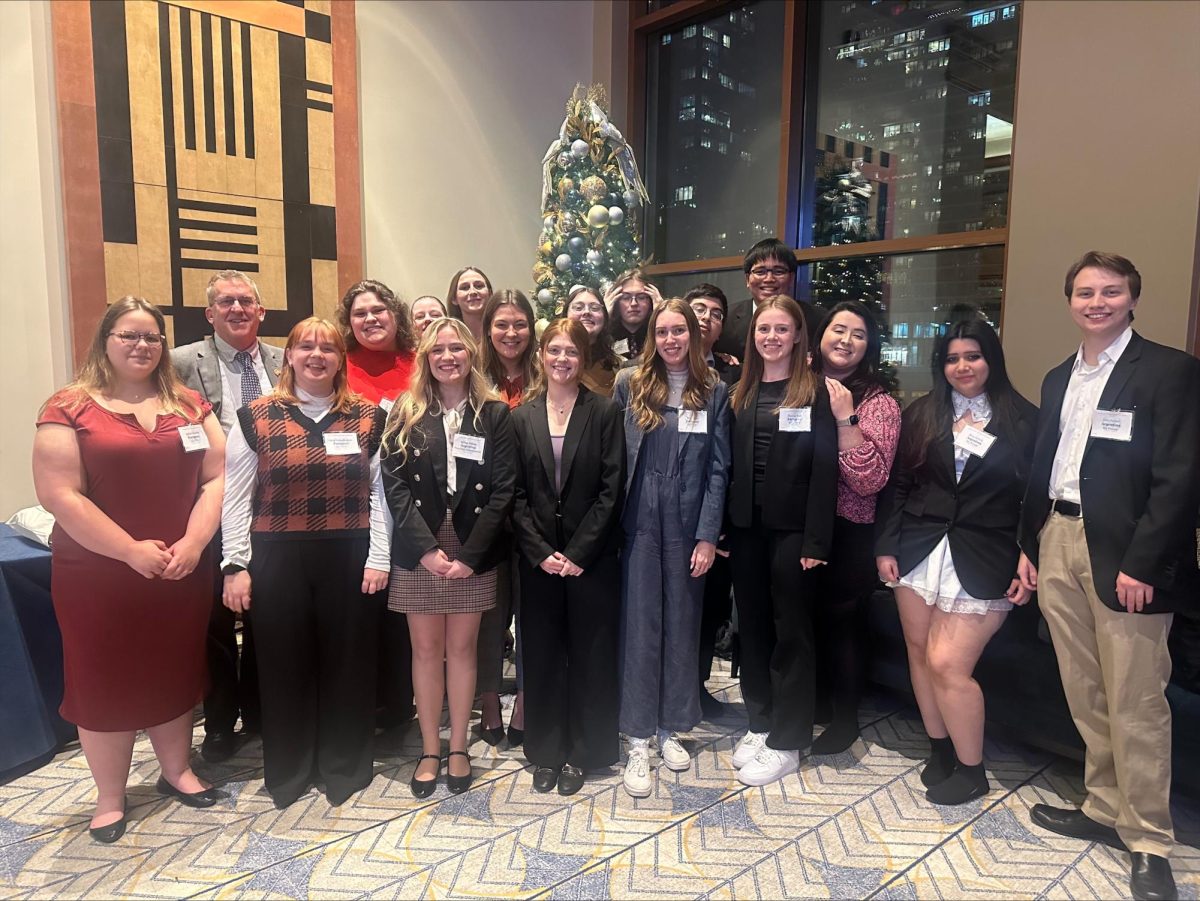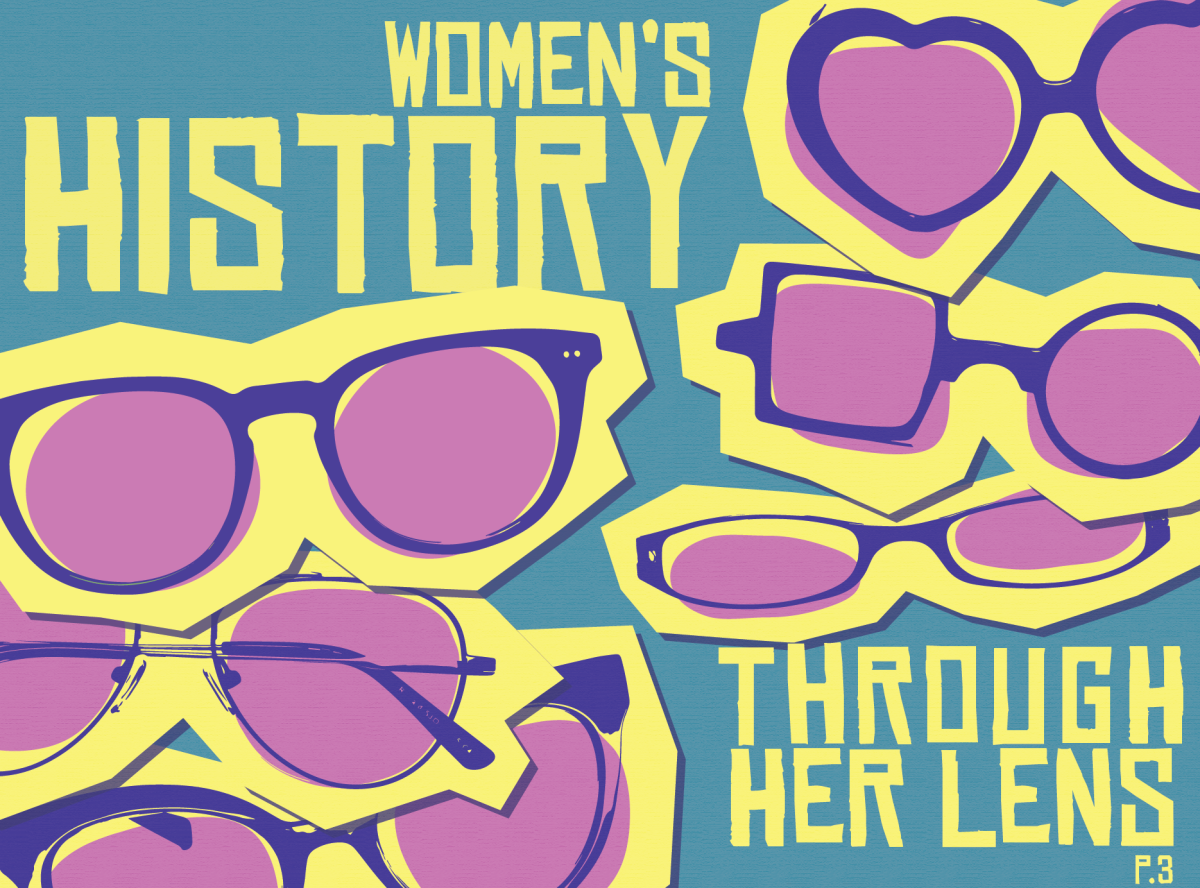University students and faculty who recently created a compact disk to accompany an updated textbook didn’t do it the easy way, according to Michael Arrigo, University two-dimensional foundations coordinator.
Though the book, Art Fundamentals, has been periodically updated since it was written in 1960, the CD is its first step toward a multimedia format.
However, the team led by computer art faculty member Bonnie Mitchell, tried to avoid creating a CD just so the text could be considered a multimedia package, said Arrigo, who wrote most of the CD’s text.
“Right now that’s sort of a trend,” said Arrigo. “And a lot of times (the CD) is of dubious usefulness.”
Arrigo, who himself uses the disk in his two-dimensional drawing course, said the CD’s interactive features give the students what the text could not: The ability to experiment.
“Instead of just looking at an example, you’re able to change and alter them,” he said. “It doesn’t just spit it out – it’s a true augmentation of what’s in the text.”
Four retired art faculty members, Philip Wigg, Robert Stinson, Otto Ocvirk and David Cayton, updated the book over the summer, as they do every three or four years. The group authored the book’s first edition except for Cayton, who replaced Robert Bone, now deceased.
Now in its ninth edition, the book has always been written by faculty. The CD has given students more of a role in the process. Students programmed, created graphics and video and helped design the CD’s interactive parts, Mitchell said.
“The students were key players in the project,” she said.
Students also created much of the disk’s artwork.
“In the CD, student work runs the whole gamut, from freshmen … to graduate students,” Arrigo said. He added that no distinction is made between faculty and student art.
“They’re all presented on an equal level,” he said.
Faculty and students combined created over 150 of the art examples found throughout the disk as well as 15 art technique videos and more than 60 interactive exercises.
Such interactive visual aids are especially useful in art courses due to subject’s creative nature, Mitchell said.
“In art, there’s only so much you can describe with words,” she said. “Actually seeing a technique, like glassblowing, or interactively manipulating elements to create new art works teaches so much more. CD-ROMs enable the student to do just that.”
Students can also use the disk for more conventional learning because it provides summaries of chapters in the book and practice tests.
The team also created CD’s for five other textbooks aside from Art Fundamentals. Together, the six books comprise the Core Concepts of Art series, which has more than 200,000 copies in print. The books in the series are used in courses nationwide.
Other books in the series include Gilbert’s Living with Art, by Mark Getlein; The History of Western Art, by Laurie Schneider Adams; Launching Imagination, by Mary Stewart; Interiors, by Karl Nielson and David Taylor.







